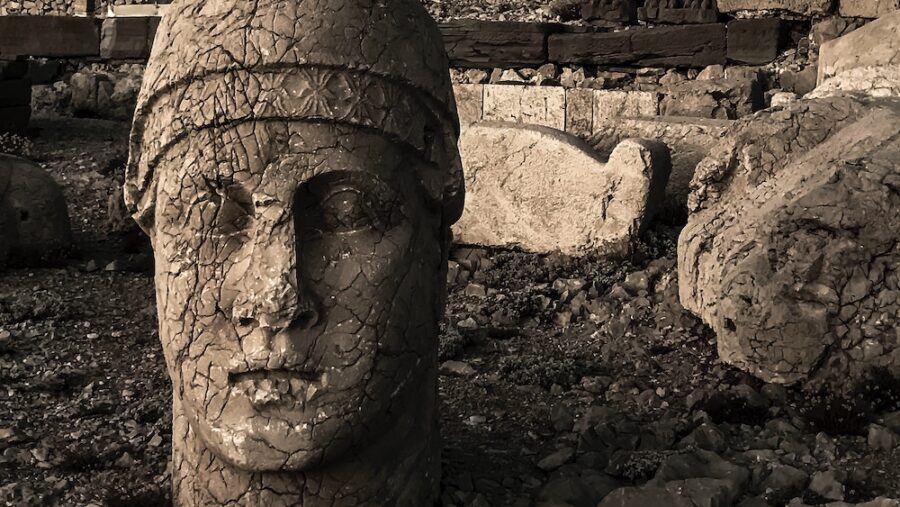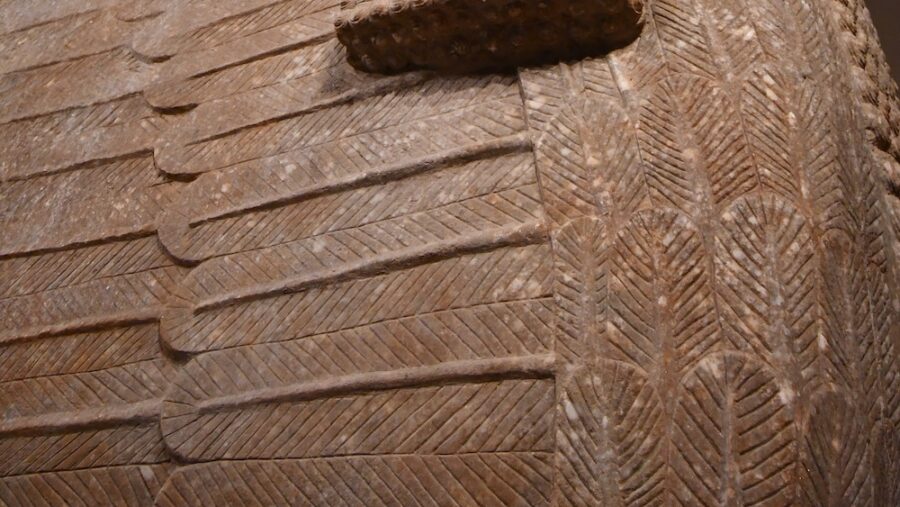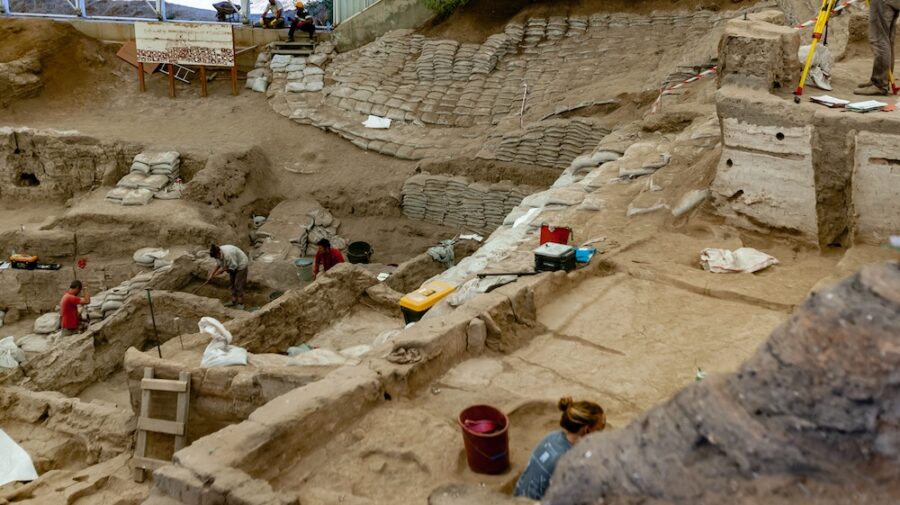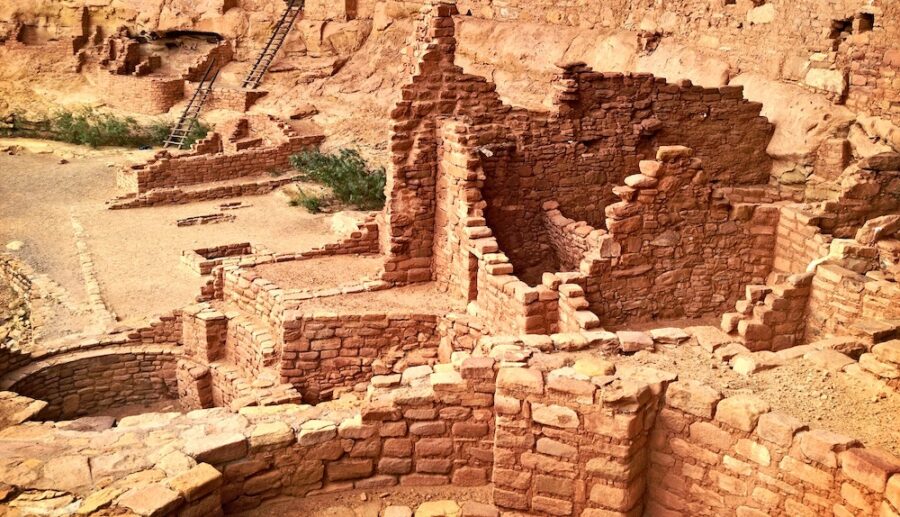Mesopotamian Bricks Contain Magnetic Anomaly Mystifying Scientists

One of the best things about research into the ancient world is that there is always something new to discover. For example, you might think that we already know everything there is to know about Mesopotamia, but it turns out that even the brickwork of the ancient world still has things to teach us.
Recently, scientists studying these Mesopotamian bricks discovered “traces of the Levantine Iron Age geomagnetic anomaly that shed light on its strength.”
Earth’s Magnetic Field Spiked

It’s the kind of thing Ghostbusters like Peter Venkman and Ray Stanz would excitedly blurt out, but if you’re more like Peter Venkman, you probably want a simpler explanation.
Here goes: around 3,000 years ago, the Earth’s magnetic field spiked in a very dramatic way, but our knowledge of this ancient spike is limited because it happened so long ago.
By studying these Mesopotamian bricks, scientists have been able to learn more about the spike, and if anything, their research process is almost as fascinating as their findings.
Special Secret

The way that Mesopotamian bricks can tell us anything about the Earth’s magnetic field from three millennia ago has to do with the way they were constructed.
Small grains of magnetic rock went into the creation of certain bricks, and by themselves, neither the bricks nor the magnetic grains reveal much useful info.
But like an artifact created by Sauron from Lord of the Rings, these bricks had a special secret that could only be revealed by fire.
Dating The Bricks Accurately

To properly research the magnetic field strength, the scientists took Mesopotamian bricks with iron oxide in them and subjected small fragments to extreme heat before letting them cool.
They already had a kind of baked-in signature of the Earth’s magnetic field from the time they were created, so when the scientists reheated everything, they replaced the original magnetic field with one they had created.
When all was said and done, this allowed the team to compare the magnetic field originally locked into the Mesopotamian bricks with the one they created in the lab.
What did the team discover? The Mesopotamian bricks they were examining were first created when the Earth’s magnetic field was 1.5 times what it is today.
This allowed them to effectively date the bricks as originating during a time period known as “the Levantine Iron Age geomagnetic anomaly.”
Anomaly In Question

Interestingly, the same team first discovered this anomaly back in 2009, and they used the same basic method on the rock layers they would later use on the Mesopotamian bricks.
Their initial discovery verified the existence of the anomaly in question. Still, until recently, they had no way of verifying exactly how strong Earth’s magnetic field was in this area.
Now, having pioneered an innovative way to date various minerals, the team is hoping their work on these Mesopotamian bricks may completely revolutionize the field of archeology.
New Archeology

Previously, most archeologists could only tell how long ago something was created by studying any inscriptions on it. Still, they faced two major problems: not everything was inscribed, and even for inscribed things, it seemed impossible to verify the accuracy of the inscription independently.
Now, the “archeomagnetic” techniques used to date these Mesopotamian bricks can be used to date other creations from the ancient world, including things that don’t have enough carbon to use Radiocarbon dating.
More Beneficial With Time

The scientific community still doesn’t know what caused that original magnetic spike or why Earth’s field “peaks periodically throughout time.” So this new technique may become even more beneficial to scientists in the coming years.
In their own way, these scientists are proving that legendary author William Faulkner had the right idea when he wrote, “The past is never dead. It’s not even past.”
Source: Vice












